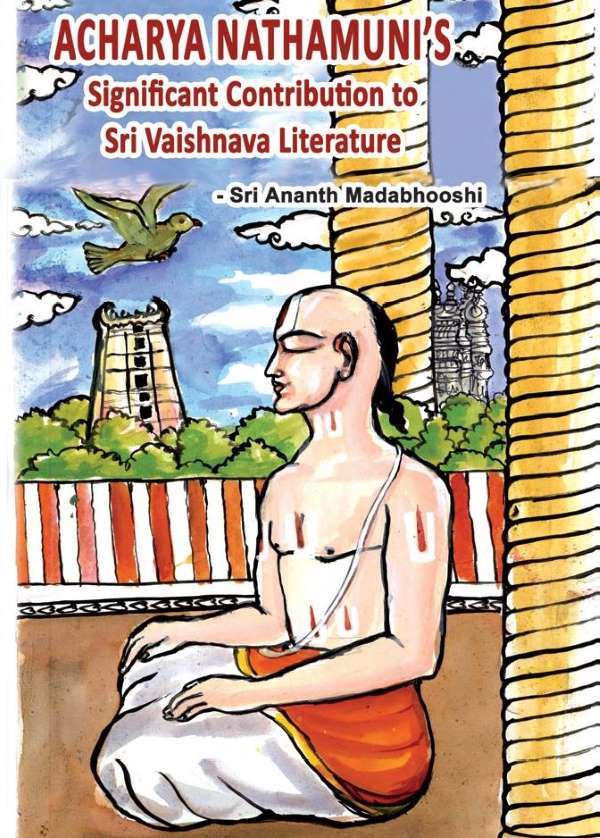Sri Ranganathamuni Acharya Sriman Ranganathamuni, also known as Sri Nathamuni is accorded the principal position in the grand lineage of mentors or Acharyas of Sri Vaishnava tradition. The available annals and chronicles trace his birth year as 823 CE. It is now exactly 1200 since he descended on the earth. Acharya Sriman Nathamuni championed the Read More
Ads Blocker Detected!!!
We have detected that you are using extensions to block ads. Please support us by disabling these ads blocker.

